Which is it? disk bottom vs. all clad for fry vs. saute pan
marys1000
16 years ago
Related Stories
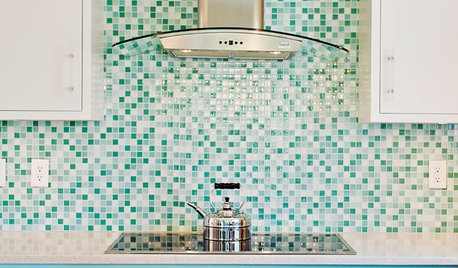
KITCHEN DESIGN9 Popular Stovetop Options — Plus Tips for Choosing the Right One
Pick a stovetop that fits your lifestyle and your kitchen style with this mini guide that covers all the basics
Full Story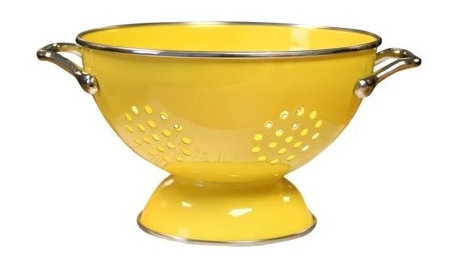
PRODUCT PICKSGuest Picks: The Well-Stocked Starter Kitchen
We’ve got all the kitchen basics and tableware you need (or that recent grad needs) to make cooking a joy
Full Story
TASTEMAKERSPro Chefs Dish on Kitchens: Michael Symon Shares His Tastes
What does an Iron Chef go for in kitchen layout, appliances and lighting? Find out here
Full Story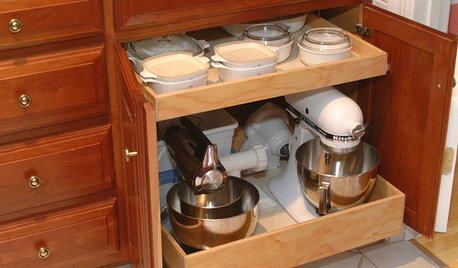
KITCHEN APPLIANCESConsidering a New Kitchen Gadget? Read This First
Save money, time and space by learning to separate the helpers from the hassles
Full Story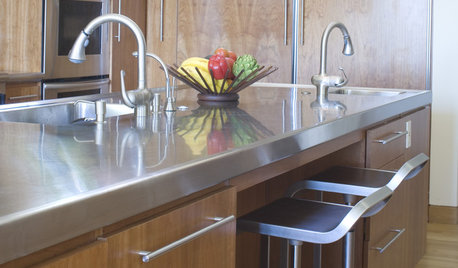
KITCHEN DESIGNDesign an Easy-Clean Kitchen
"You cook and I'll clean" might no longer be a fair trade with these ideas for low-maintenance kitchen countertops, cabinets and floors
Full Story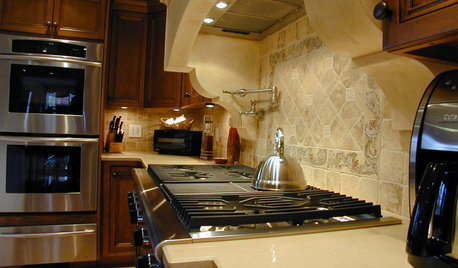
KITCHEN DESIGN8 Kitchen Design Tips for Foodies
If you own at least one pricey knife and have a slew of kitchen tools, you’ll want to read this
Full Story
KITCHEN DESIGNHouzz Call: Pros, Show Us Your Latest Kitchen!
Tiny, spacious, modern, vintage ... whatever kitchen designs you've worked on lately, we'd like to see
Full Story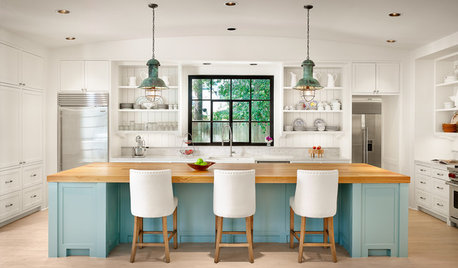
MOST POPULARHouzz TV: Let’s Go Island Hopping
Sit back and enjoy a little design daydreaming: 89 kitchen islands, with at least one for every style
Full Story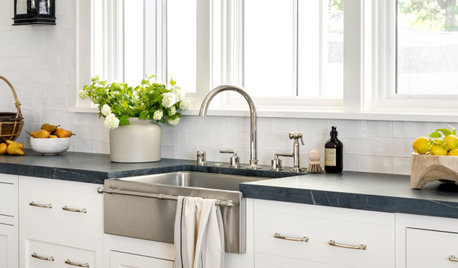
KITCHEN DESIGN8 Kitchen Sink Materials to Consider
Learn the pros and cons of these common choices for kitchen sinks
Full Story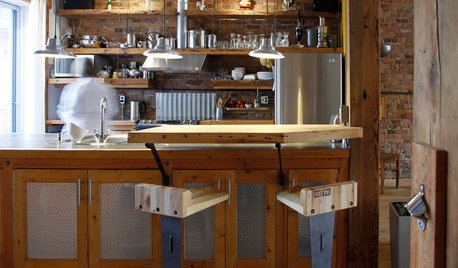
KITCHEN DESIGNPersonal Style: 50 Clever Real-Life Kitchen Design Details
Get ideas from savvy homeowners who have a knack for creating kitchens celebrating personal style
Full StorySponsored
More Discussions






awm03
marys1000Original Author
Related Professionals
Framingham Furniture & Accessories · Kirkland Furniture & Accessories · Norwalk Furniture & Accessories · Queens Furniture & Accessories · Rome Furniture & Accessories · St. Louis Furniture & Accessories · Murray Furniture & Accessories · Bloomingdale Interior Designers & Decorators · Bethpage Kitchen & Bathroom Designers · Frankfort Kitchen & Bathroom Designers · Portland Kitchen & Bathroom Designers · Wesley Chapel Kitchen & Bathroom Designers · Fairland Kitchen & Bathroom Remodelers · Honolulu Kitchen & Bathroom Remodelers · Sweetwater Kitchen & Bathroom Remodelersalexrander
marys1000Original Author
awm03
danab_z9_la
alexrander
marys1000Original Author
alexrander
marys1000Original Author
alexrander
friedajune
mbucovy
marys1000Original Author
alexrander
danab_z9_la
mbucovy
danab_z9_la
marys1000Original Author
alexrander
marys1000Original Author
danab_z9_la
antiquesilver
danab_z9_la
alexrander
cpovey
alexrander